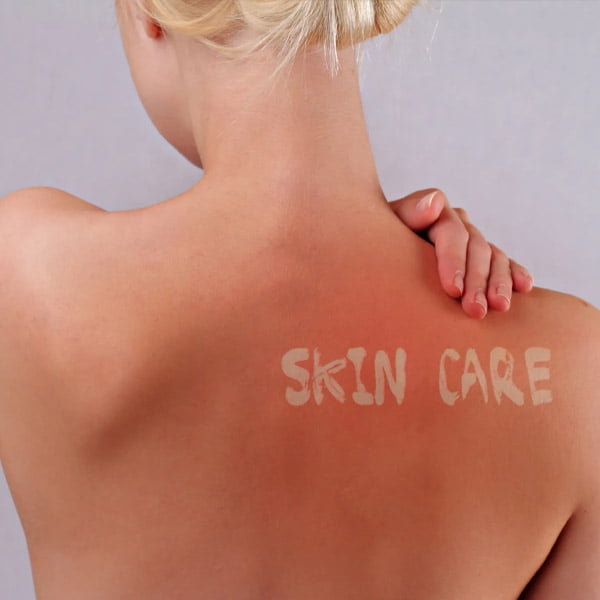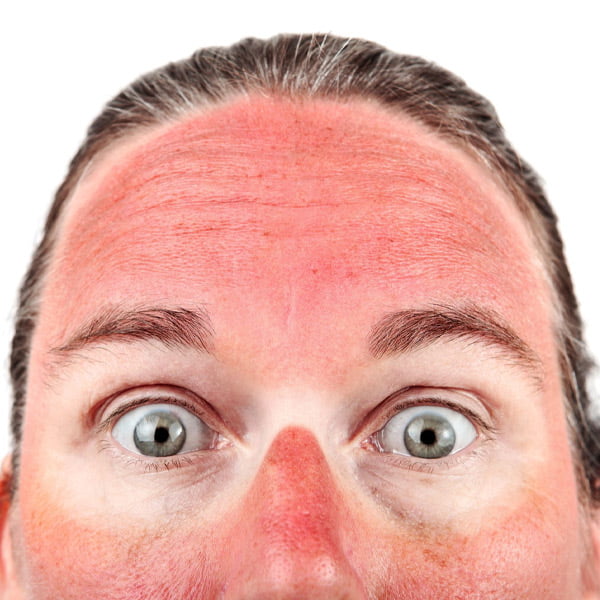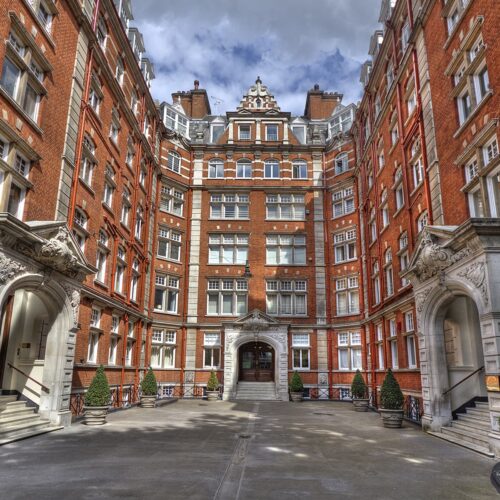There is no denying we love our time in the sun. It provides us with opportunities for longer outdoor activities, and it just feels right. However, it doesn’t come without its own host of problems. The sun emits beams of light that may both benefit and hurt humans. We know these as ultraviolet (UV) rays and are classified into three types: UVA, UVB, and UVC. Professionals argue that long-term UV exposure can cause an array of problems, some of them being skin cancer, cataracts, immune system damage, and premature skin ageing.
But we can’t avoid the sun altogether, so don’t forget to find a good sunblock for yourself or consult your GP before you step out.
UV rays can pass through the layers of your skin (epidermis – outer and dermis – inner) even if you cannot see them. The epidermis is the skin’s outer layer and houses a pigment known as melanin. People with pale skin have less melanin than those with dark skin, so people with pale skin burn more easily.
Is it beneficial or harmful?
A tiny amount of UV radiation is beneficial to humans as it works with melanin to create vitamin D, which aids in calcium absorption. The body requires this calcium to develop and maintain healthy bones. According to the World Health Organization (WHO), UV rays can aid in the treatment of some health problems. Doctors may prescribe it to patients suffering from eczema, psoriasis, rickets, or jaundice.
When the time in the sun extends past the body’s comfort, the skin tans or darkens to protect itself against UV radiation. UV rays might penetrate your inner skin layers if you spend too much time in the sun. This is referred to as sunburn. This can cause skin cells to die, be damaged, or become cancerous.
Look out for sun exposure, especially when travelling for the first time, as you might end up spending too much time in the sun while at the beach or trekking.
What are the harmful effects?
Too much sun exposure can lead to:
Photoaging:
Photoaging is skin ageing induced by prolonged exposure to ultraviolet radiation (UV), usually from the sun but sometimes from artificial UV sources. Photoaging is distinct from chronological ageing in that the harmful effects of UV radiation — whether from the sun or any artificial tanning sources – affect normal skin tissues.
Skin cancer:
A large number of skin cancers are not melanoma. It is quite prevalent, although it is curable. Melanoma skin cancer is less frequent but much more severe and has the potential to spread to various parts of your body if left untreated.
Compromised immune system:
White blood cells function to keep your body safe. When your skin burns, white blood cells assist in the formation of new cells. This might jeopardise your immune system in various ways.
When you have a severe sunburn, your entire body reacts. It’s a condition known as sun poisoning, a severe sunburn with symptoms such as nausea, vomiting, chills, fever, headache, and an overall sensation of being sick.
Tanning:
Yes, unbelievable. I know. But, the “healthy glow” you receive from a tan is actually not so healthy: Dermatologists believe there is no such thing as a safe tan, and according to the American Cancer Society, a tan is the body’s way of responding to UV radiation exposure to sun’s rays. Your skin cells react to the injury by generating increased melanin.
Moreover, some melanin-containing skin cells can cluster together and result in freckles and moles. These can develop cancer over time.
Eye injuries:
UV radiation can cause tissue damage in your eyes. They can burn the outer layer of your eye, known as the cornea. They can also cause blurred vision. In addition, cataracts can develop over time. If left untreated, this might cause blindness.
All of us are vulnerable to the consequences of sun exposure. It makes no difference how old you are or even what colour your skin is. The sheer immensity of your exposure raises your risk. However, if you have fair skin or moles, you are more vulnerable. A family history of skin cancer is also a factor. People who labour in the sun all day are also at a higher risk. Farmers, construction workers, and fishers require additional safeguards.


Things to consider
But the thing is, we can avoid these negative consequences very easily.
Apply sunscreen. The greater the SPF, the better the protection against UV radiation. Wear SPF at least 30 minutes before going outdoors. Remember to apply to areas that are sometimes ignored, including your ears, lips, and hairline. We should reapply sunblock every 2 hours.
Limit your exposure and prevent excessive direct sunlight whenever it is at its peak.
Seek shade, or use an umbrella. Protect your skin from UV radiation. Wearing clothes and caps is necessary when you are outside in direct sunlight. This is especially important for newborns and children, who are more sensitive. You should also wear UV-blocking sunglasses.
There are safe methods available for tanning. You can use sunless self-tanning lotions. They provide colour through lotions, sprays, and tinted cosmetics without the danger of harm.

















